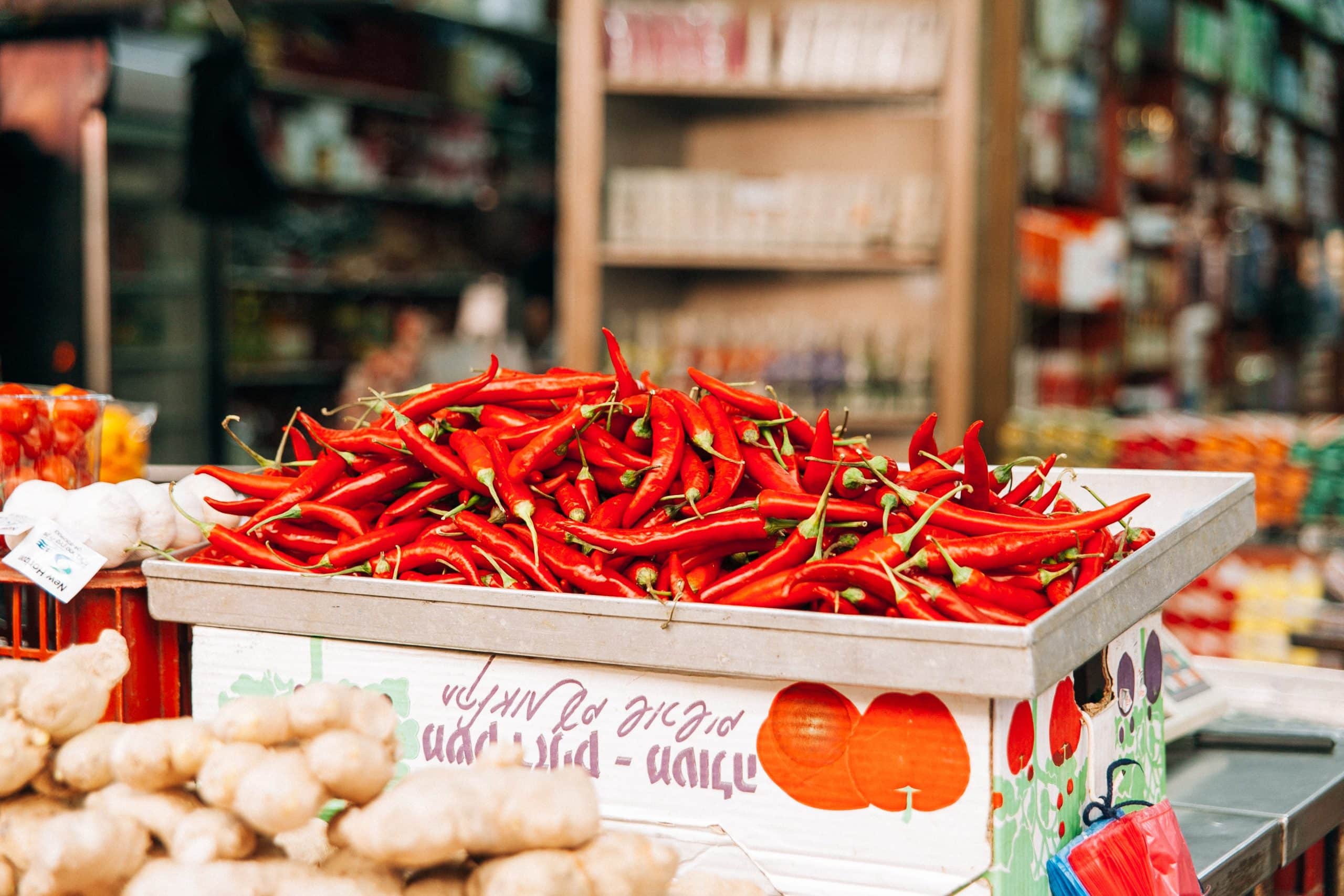
 If you’ve heard the term “inflammation” but aren’t quite sure what it means, you probably aren’t alone. It occurs as a response from the body to protect itself. There are two types of inflammation and this is usually where people get confused. There’s the acute type that occurs all of a sudden, like bashing your finger or getting a cold. The body gets into gear and sends it’s soldiers, the white blood cells, to protect it from infection. It makes the area red and swollen. Chronic inflammation comes from continual exposure to toxins or stress. It can damage the heart and create walls to block accumulated plaque in the blood vessels. When those fail, it creates a clot and that can cause heart attacks and strokes. There are many medications to fight inflammation, but some of the best are found in your spice cabinet. You can save money by growing them yourself. Here are herbs you can grow to fight inflammation.
If you’ve heard the term “inflammation” but aren’t quite sure what it means, you probably aren’t alone. It occurs as a response from the body to protect itself. There are two types of inflammation and this is usually where people get confused. There’s the acute type that occurs all of a sudden, like bashing your finger or getting a cold. The body gets into gear and sends it’s soldiers, the white blood cells, to protect it from infection. It makes the area red and swollen. Chronic inflammation comes from continual exposure to toxins or stress. It can damage the heart and create walls to block accumulated plaque in the blood vessels. When those fail, it creates a clot and that can cause heart attacks and strokes. There are many medications to fight inflammation, but some of the best are found in your spice cabinet. You can save money by growing them yourself. Here are herbs you can grow to fight inflammation.
Plant those chili peppers and reap the rewards.
If you want to make your own anti-inflammatory cream, grow chili peppers. The hotter the pepper, the more capsaicin it provides. It’s in the white pith of the pepper that’s around the seeds and other membranes inside the pepper. While the outer flesh of the pepper isn’t as high, it does have some. Grow hot peppers in your garden, dry them and grind everything below the stem. You can mix this powder with a carrier oil to create capsaicin cream. Some people go fancy, adding beeswax and melting everything together for a salve to help eliminate muscle pain. One summer, in desperation, I grabbed a bunch of fresh, hot pepper, ground them up and mixed them with crushed aspirin and coconut oil for a cream that brought instant relief, while also being quite messy. Add chili peppers to your food to help stop internal inflammation and boost heart health.
Try growing turmeric in a pot.
Here in Louisville, we’re right on the border of whether you can grow turmeric outside. It really needs a warmer winter, but some people are successful by using plenty of mulch to overwinter. I grow mine in a pot. Turmeric and ginger root are great for many different ailments. Turmeric should be part of your daily diet. Turmeric contains curcumin, a natural anti-inflammatory. Besides fighting inflammation, which also may help prevent serious conditions like Alzheimer’s, it also helps fight depression, improves the skin, fights arthritis (inflammation) and slows or prevents blood clots. To make the powder, boil the fresh rhizome for about an hour. Slice thinly and dry in a 200 degree oven for about two hours. Grind to a fine powder and add to many dishes. It tastes delicious on steamed veggies.
Ginger may also require indoor wintering.
Just like turmeric, ginger is delicate, but still possible to grow in our zone. It not only helps prevent inflammation, it also helps with stomach or menstrual pain. It regulates blood sugar, helps prevent and relieve muscle pain from overactivity–drink some ginger tea after working out every day, helps stop fungal and bacterial infections, lowers cholesterol and so much more, including fighting inflammation. You use the root, just as you do with turmeric, but can use it fresh more easily. Ginger tea is one delicious way to use it.
- Grow sage in your garden, it helps boost superoxide dismutase that changes the free radical superoxide—a cause of inflammation—to a harmless peroxide or oxygen molecule.
- Lemongrass is easy to grow and looks great too. If you break off the leaves and rub them on you, it acts as a natural insect repellent. Make a tea from the leaves to get the anti-inflammatory benefits from this plant.
- You can grow rosemary in a pot in zone 7 and winter it indoors. It’s a bit too cold for outside wintering. Rosemary was shown to be one of the top protectants against inflammation in a recent test, right along with turmeric and ginger.
- Keep a potted aloe vera on the shelf for burns and cuts. It’s anti-inflammatory properties make them heal faster.
